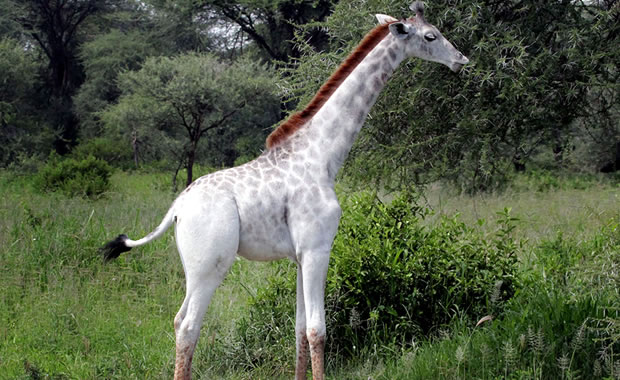Creature Profile
The Socorro isopod is only found in a small thermal spring found near Socorro, New Mexico. Its body is grayish-brown
in color and marked with small black spots and lines that run together, forming broad, black bands in the center of each segment.
The exposed edges of the body are bright orange in color. Adults grow only 2 millimeters long, and males are larger than females.
Isopods are one of the most diverse orders of crustaceans, with many species living in all environments. Biologists are more
interested in this species because it is one of only seven freshwater species in its family (which is almost entirely ocean-dwelling).
The natural habitat of this species has been wiped out, and it can now only be found in drain pipes that
lead to a cement-lined animal watering tank and a smaller pool found on private property in New Mexico.
The water surface is covered by algae, and the floor of the pool is composed of sediment into which the isopods like to burrow.
The isopods feed on the algae and detritus, and they are also known to be cannibalistic, feeding on other wounded
(and sometimes healthy) isopods. They are primarily nocturnal, prefering to avoid direct sunlight.
The lifespan of this creature is believed to be one year. Little is known about
their reproductive behavior, but it is believed that males may sequester females in crevices in order to isolate them from other males. They also grow faster
than females.
It is believed that less than 2500 Socorro isopods remain in the wild, but some can be found in zoos and scientific facilities.
Primary threats to the species include vandalism and other human disruptions to its remaining habitat.
The remaining population is being monitored monthly and currently appears to be stable.
Wikipedia Article

|
Wikipedia Article Copyright Notice: This article is licensed under the GNU Free Documentation License. It uses material from the Wikipedia article "Thermosphaeroma thermophilum". |
April 30, 2017
Glenn, C. R. 2006. "Earth's Endangered Creatures - Socorro Isopod Facts" (Online). Accessed 4/26/2024 at http://earthsendangered.com/profile.asp?sp=677&ID=9.
Need more Socorro Isopod facts?




